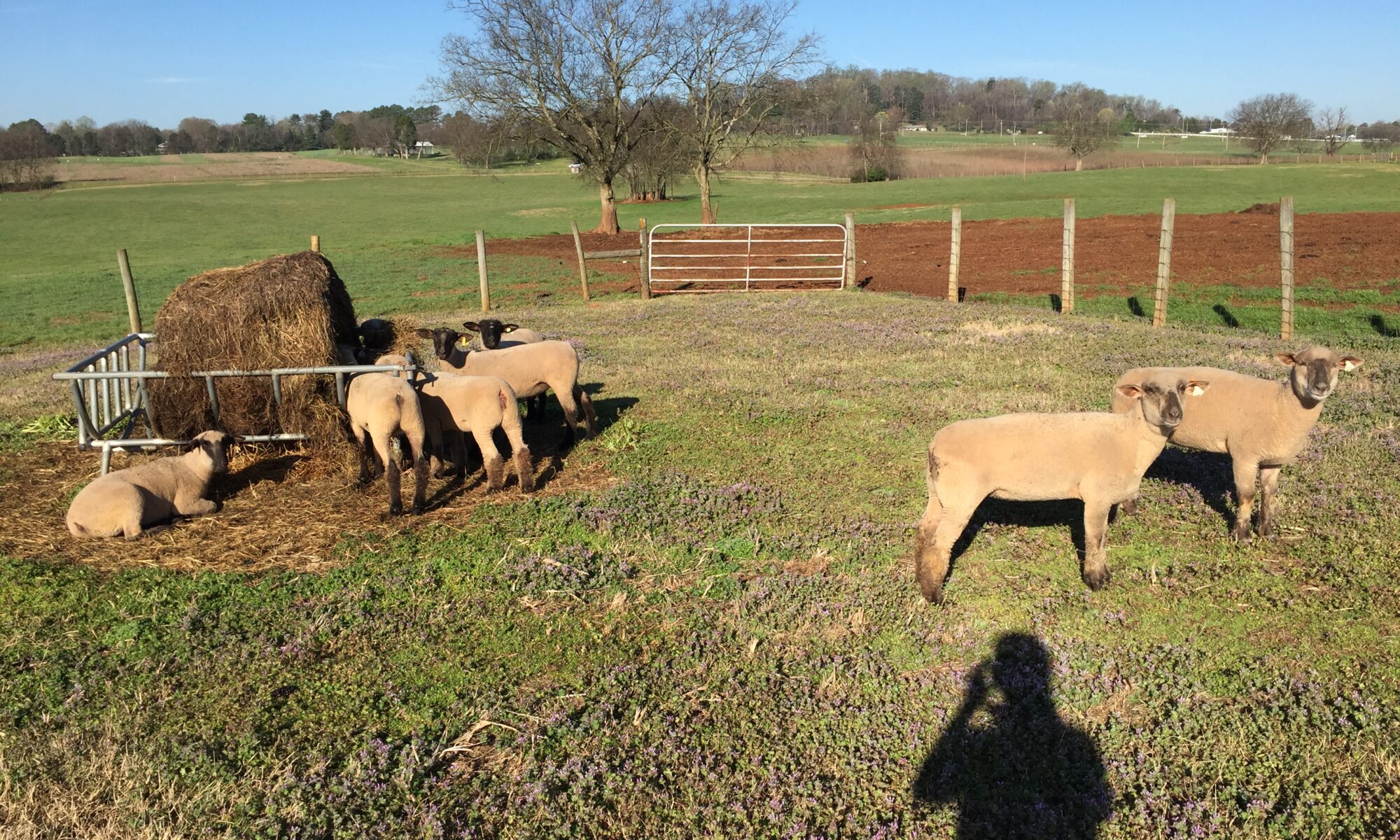

Dr. Bruno Pedreira
Associate Professor and Extension Forage Specialist
Department of Plant Sciences
Director, UT Beef & Forage Center
P: 865-974-3535
Per definition, a forage crop is “a crop of cultivated plants, other than separated grain, produced to be grazed or harvested for use as feed for animals” (Allen et al., 2011). So, understanding the benefits and complementarity of forage crops is one of the most important pieces of the forage-based systems puzzle.
Overall forage crops of interest will be grasses or legumes, which can be classified as cool- or warm-season if they mainly grow during the spring/fall or during the growing season (warmer months), respectively. In addition, some of them will last for one season (annuals), and some should last for years (perennials).
Think about the “forage menu” in your operation. How many forage crops do you have established? Are they enough to fulfill the forage needs? How do they fit your forage budget throughout the year? Do you have perennial forages that can be over-seeded with some annual forages?
In a forage-based operation, there are a few things to be considered when selecting forage crops:
- Planning: What are the goals for your forage system? To achieve an objective, different forages can be selected based on yield and quality, also considering their requirements on soil fertility, temperature, precipitation, winter tolerance, etc.
- Animal category: What animal’s breed and age will be fed? They have different requirements to be matched. A high-quality forage may be needed for a lactating cow or a growing heifer/steer, but a lower-quality forage may be enough to maintain a cull cow.
- Timing: Although forage will be needed during the whole year, and grazing is the cheapest way to feed an animal, forage cannot be grown every day of the year. There is a need to grow, harvest, and store forage that will be available during the winter (when it is not possible to grow it).
Regardless of species or genus, at the end of the day, forage crops are grown to produce edible parts of plants that can provide feed for grazing animals or that can be harvested for feeding. For that reason, evaluate your system to identify forage weaknesses and strengths. What can be added to improve forage diversity, which may contribute to improving forage quality (i.e., legumes, such as clovers, alfalfa, etc.) or to extend the grazing season (annual ryegrass, rye, oats, wheat)?
All of us working with forage-based livestock systems will have a preferred forage (grass or legume). I already realized the importance of Tall Fescue for Tennessee, but there is an old saying that says “Don’t put all your eggs in one basket”. Does not matter the area of your operation, if a single forage is established all over, the whole operation will be at higher risk of facing any adverse situation (i.e., early frost, disease, insect, drought, etc.). Diversification is always beneficial! Check your forage menu and find what can be added to improve the forage budget and reduce hay needs.
Allen, V. G., Batello, C., Berretta, E. J., Hodgson, J., Kothmann, M., Li, X., … Sanderson, M. (2011). An international terminology for grazing lands and grazing animals. Grass and Forage Science, 66(1), 2–28. https://doi.org/10.1111/j.1365-2494.2010.00780.x
